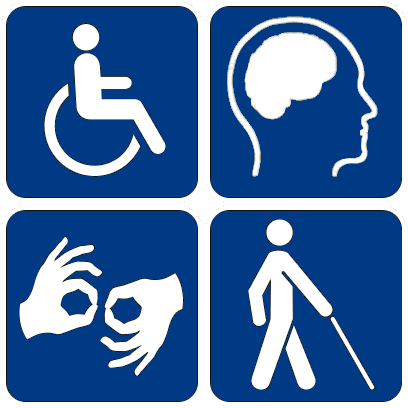
By CHRISTINA NG
It was a tense moment in a Poughkeepsie courtroom when a 15-year-old girl who had been the victim of sexual abuse for four years was asked to point out the man who had violated her. The girl seemed to freeze.
Then a furry snout and wet brown nose came up over the stand and nudged her arm. The girl's demeanor changed and she was able to point out the man in the courtroom and continue with her testimony. The man was found guilty and is facing 25 years to life in prison.
The snout that helped the girl overcome the difficult moment on June 13 belongs to Rose, affectionately called Rosie, an 11-year-old golden retriever service dog whose specialty is comforting people.
This is the first time in New York State that a service dog has sat on the witness stand during a trial.
"My heart was in my throat," said Sherry Cookinham the unit supervisor for the Children's Home in Poughkeepsie that has been helping the teenage girl. "I knew at that moment that Rosie was doing her job and the little girl was going to be okay."
What Is a Service Dog (Animal)?
According to the Americans with Disabilities Act (ADA, 1990), a dog is considered a "service dog" if it has been "individually trained to do work or perform tasks for the benefit of a person with a disability." Also according to the ADA, a 'disability' is a "mental or physical condition which substantially limits a major life activity" such as:
• performing manual tasks
• walking
• seeing
• hearing
• speaking
• breathing
• learning
• working
• disabilities that may not be visible
To be considered a service dog/animal, the dog/animal must be trained to perform tasks directly related to the person's disability.
What Is a Therapy Dog (Animal)?
A therapy dog is a dog trained to provide affection and comfort to people in hospitals, retirement homes, nursing homes, schools, people with learning difficulties, and stressful situations, such as disaster areas.
Therapy dogs come in all sizes and breeds. The most important characteristic of a therapy dog is its temperament. A good therapy dog must be friendly, patient, confident, gentle, and at ease in all situations. Therapy dogs must enjoy human contact and be content to be petted and handled, sometimes clumsily.
A therapy dog's primary job is to allow unfamiliar people to make physical contact with it and to enjoy that contact. Children in particular enjoy hugging animals; adults usually enjoy simply petting the dog. The dog might need to be lifted onto, or climb onto, an individual's lap or bed and sit or lie comfortably there. Many dogs contribute to the visiting experience by performing small tricks for their audience or by playing carefully structured games.
What Rights Do These Dogs Have?
Therapy Dogs are not Assistance Dogs. Assistance dogs are used to assist humans and are allowed in most public areas. Assistance Dogs are legally protected by the Americans with Disabilities Act of 1990. However, Therapy Dogs do not provide direct assistance to humans and are not mentioned in the Americans with Disabilities Act. An institution may invite or prohibit a therapy dog from entering their facilities and usually have rigorous requirements for therapy dogs who are allowed to enter.

